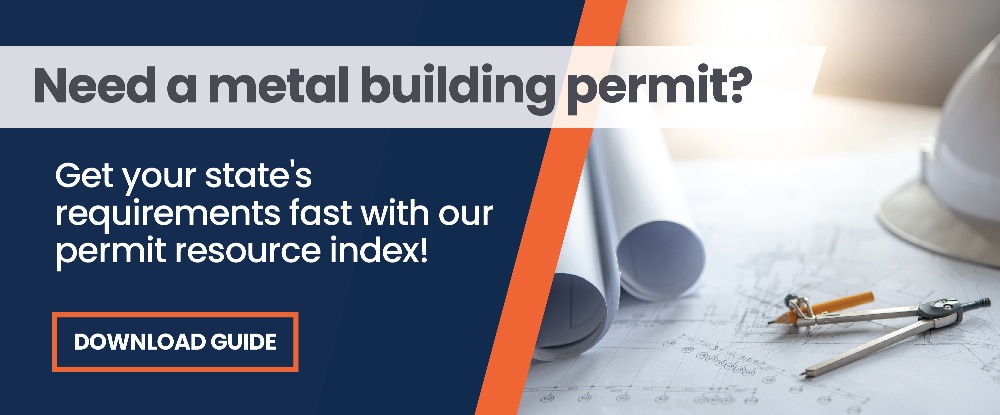How to Stay Cool this Summer with Easy Metal Building Insulation
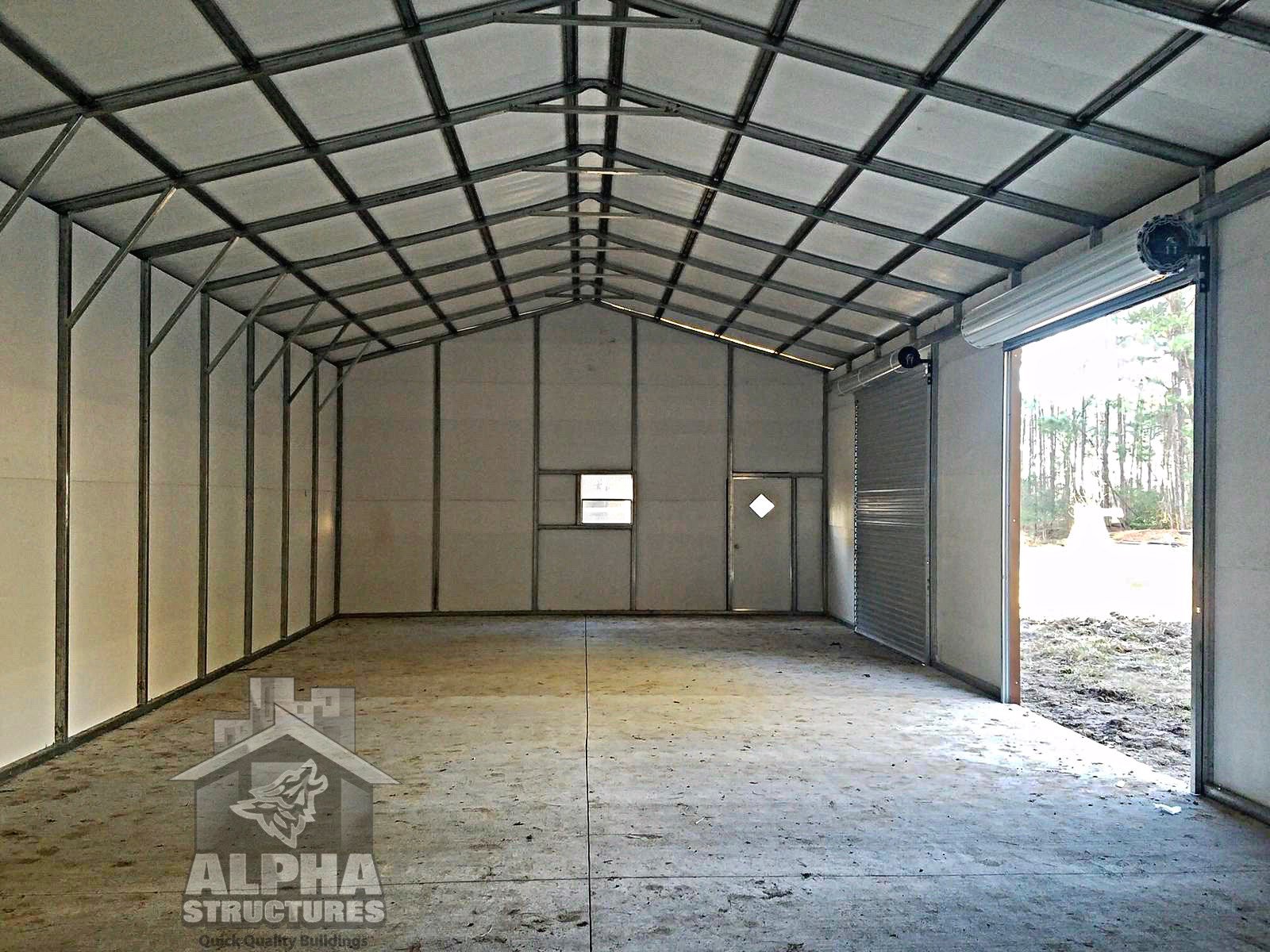
As the summer heat persists, you may be wondering how high temperatures may impact your construction plans. If you’ve been eyeing an expansion or new building, your first consideration for weather-resistance is in your construction materials. Many people think wooden structures are better than metal for heat management, but the truth is more complicated than that.
Let’s look at how the adaptability and cost-efficiency of metal has reached—or even surpassed—that of wooden structures, thanks to developments in engineering and design.
Materials
While wood buildings are more common, metal buildings are rising in popularity. First-time builders and experienced pros alike are starting to embrace their flexibility and cost-effectiveness—when compared to wood, maintenance expenses are generally much lower for metal structures. Plus, if you need to adapt to the summer heat with insulation, venting, or A/C installation, a metal structure is going to be easier to alter. Custom-designed and installed components for wooden structures are also more demanding, which will be reflected in the final price.
In many areas, summer heat often arrives with higher humidity and insect presence, both of which can cause a wooden structure to decay even faster. The average warranty for a steel structure is 50 years, while a wooden roof should be replaced every 15 years and needs a new coat of paint every five years at least.
Staying Cool with Metal Buildings
It’s true that metal is naturally more heat-absorbent than wood, which is why many believe it to be the better choice for warm-weather climates. However, advances in cooling technology and architectural design can give a well-engineered metal building the edge. Here are a few ways your metal structure keeps you cool.
Insulation
Due to thermal bridging (heat traveling through a building’s support structure), a metal structure will require more insulation than a wooden one. However, using continuous insulation for your metal building instead of cavity insulation can reduce this disparity. Due to metal’s long lifespan and recyclability, this option will be more cost-effective over time, as fewer components will need replacing or repairing after installation.
Foundation
One irritating part of summer temperatures is the “heat island” effect that occurs when concrete and asphalt structures absorb daylight heat and radiate it back overnight. This effect keeps temperatures high even when the sun goes down and can make it hard to get relief from the heat at any time of day.
RELATED CONTENT: How to Insulate a Metal Building
Fortunately, metal buildings use less concrete in their construction because they are lighter and have a greater strength-to-weight ratio. This not only means lower upfront costs during installation—it also means less heat is absorbed over time, ultimately leading to cooler overnight temperatures.
Environmental Impact
Did you know that 98% of all steel products are recycled? Steel is the only material in the world that doesn’t lose its structural integrity when it’s recycled—it can be reused time and time again. Steel structures that are ready to be retired or replaced are also much less costly to dispose of than wooden ones; in some cases, recycling companies will even pay you to dispose of your old building!
In contrast, wooden structures wear out much more quickly and usually end up being hauled to the dump at your expense when their lifespan is over. If they’ve been treated to resist the elements or insects, then they usually can’t be recycled, and they leech their chemical treatment into the earth as they decompose. Best case scenario, an untreated wooden structure might be recycled into wood chips, but most contributes to the more than 600,000 tons of construction waste that the US generates each year.
Final Thoughts
Thanks to its versatility and engineer-ability, metal is a great choice for any kind of structure, from garages to barndominiums or sheds—even during the summer months. The benefits don’t stop after installation, either. Metal buildings don’t just have a lower upfront cost to design and implement; they are more energy-efficient and environmentally friendly.
From the foundation to the roofing, your metal structure can withstand the summer heat and provide an attractive, effective work or relaxation space year-round.
Comments
Recent posts
-
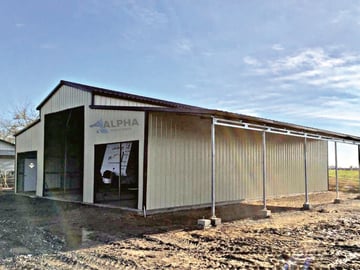
 4 REASONS WHY STEEL STORAGE BUILDINGS OUTPERFORM WOOD GARAGES
A metal garage is the greatest way to ensure that your automobiles and workplace...
December 11, 2022
4 REASONS WHY STEEL STORAGE BUILDINGS OUTPERFORM WOOD GARAGES
A metal garage is the greatest way to ensure that your automobiles and workplace...
December 11, 2022
-
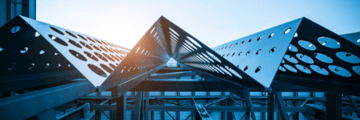
 Top 7 Uses for a Small, Attractive Commercial Metal Building
You know that old saying, "size doesn't matter?" Well, that rings true for comme...
December 11, 2022
Top 7 Uses for a Small, Attractive Commercial Metal Building
You know that old saying, "size doesn't matter?" Well, that rings true for comme...
December 11, 2022
-
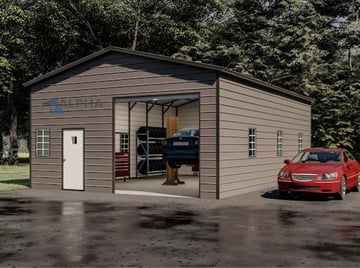
 Do Steel Storage Buildings Add Home Value: 7 FAQ Answered
Adding a garage to your property is one of the smartest investments you can make...
November 28, 2022
Do Steel Storage Buildings Add Home Value: 7 FAQ Answered
Adding a garage to your property is one of the smartest investments you can make...
November 28, 2022


